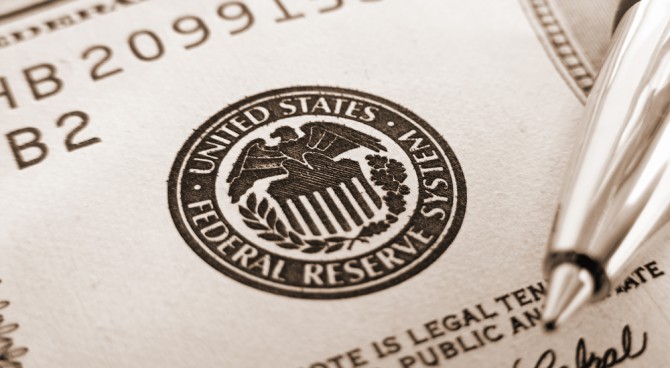The 2017 corporate tax cuts triggered the blue-collar wage boom. Higher rates would reverse it.
By Phil Gramm and Mike Solon
April 6, 2021 6:18 pm ET
The Biden administration has proposed an array of corporate tax increases with a goal of raising some $1.33 trillion over the next 10 years. That’s three times the $409 billion that the Congressional Budget Office estimated was the cost of the 2017 corporate tax cut. To get a clear picture of who will pay these new taxes, Americans need to understand who benefited from the 2017 corporate tax cut.
Between the pandemic-induced recession and the years of slow growth following the 2008 subprime crisis, a brief respite of stronger growth and rising wages lifted America’s fortunes and spirits. Economic growth is generally viewed as some abstract concept, but when gross domestic product, which was projected in 2016 to grow by only 2.1% on average over the next three years, instead rose 3% in 2018, that small increase in growth made a huge difference to a lot of Americans.
The CBO responded to the increase in economic growth by adding $6.2 trillion to its 10-year GDP estimate—an extra $1,900 of annual income on average for every man, woman and child in America. The big difference this little bit of extra growth created was fully revealed in the census figures, when income growth in 2019 was the most broad-based and best ever recorded in a single year, and the poverty rate fell the most in a half a century.
Even the toughest critics of the tax cuts would grudgingly concede that the 2017 reduction in the corporate tax rate increased equity values. Despite the pandemic, the average value of the Dow Jones Industrial Average, S&P 500 and Nasdaq Composite Index has doubled since the 2016 election when markets began to anticipate a corporate tax cut.
Who benefited from these gains? Numerous studies and polls show that more than half of American households own stocks, most through pension plans, 401(k)s, individual retirement accounts, mutual funds and annuities. Beyond the irrefutable benefits that flowed into retirement plans and annuities, critics never concede that corporate tax relief helped average families, much less low-income workers.
How does that view square with 2019 census data showing that real median household income hit its highest level ever for African-American, Hispanic and Asian-American workers and retirees? Or that the 2019 poverty rate was the lowest in more than 50 years for children, at 14.4%, and the lowest ever for individuals (10.5%), for families (8.5%), and for households headed by unmarried women (22.2%).
More impressive is that, even after 10 years of economic expansion, the 2019 gains shattered all records as real household income leapt $4,379 in 2019 alone, 13 times the average annual gain since data were first collected, almost half again more than the next highest annual income gain, and a quarter more in 2019 alone than in the eight years between 2009 and 2016. Black household incomes in 2019 surged by a record $3,328. Hispanic incomes leapt $3,731—a third higher than their next best year ever recorded—and Asian-American incomes surged $9,400, about two-thirds more than the previous high.
Record income gains, especially among lower-income Americans, caused the poverty rate to plummet 11% in 2019, the most in 53 years. The poverty rate fell the most for Asians since records began in 1987 and for children the most in over half a century. The poverty rate for blacks and Hispanics hit historic lows. This cornucopia, shown so vividly in the 2019 census data, was the product of a reduction in the American corporate tax rate from the highest rate in the world to roughly the average rate among developed countries, and a concentrated effort to reduce regulatory burdens.
The White House Council of Economic Advisers in 2015 described the potential effect of reducing the corporate tax rate as follows: “When effective marginal rates are higher, potential projects need to generate more income if the business is to pay the tax and still provide investors with the required return. . . . A lower effective marginal rate will tend to encourage additional projects and a larger capital stock.” That was the Obama CEA.
How much of the benefits of the corporate tax-rate reduction went to workers? A CBO study estimated that 70% of the corporate income-tax burden falls on workers. A 2011 study by Matt Jensen and Aparna Mathur of the American Enterprise Institute made a strong case that workers bear more than 50% of the corporate tax burden. But the record income gains in 2019 provide the strongest evidence yet that the corporate tax is a hidden tax on workers.
Giving American business a level playing field on corporate tax rates triggered a blue-collar boom in which the lowest-wage earners enjoyed the fastest wage growth, 10.6% in 2019 alone. Historically disadvantaged groups like veterans, high-school dropouts and the disabled experienced their lowest unemployment rates ever. Three-fourths of workers hired in the fourth quarter of 2019 were new entrants into the labor market, many forgoing government benefits for a job. When income levels in 2019 were the highest on record, when incomes rose the most ever in a single year, when the poverty rates fell the most in a half a century, and when America’s lowest-income workers gained the most, we know who really benefited from the 2017 corporate tax cut. Does this sound like “a race to the bottom” to you?
For those who burn sacrifices at the altar of big government and believe that progress for ordinary people can come only through expanded government, the Miracle of 2019 was a UFO, some inexplicable event best ignored. No one cheers progress when peddling misery.
So as the chants about greedy corporations, overpaid CEOs and a corrupt market system harmonize in support of an increase in corporate tax rates, it’s important to remember who really benefited from making U.S. corporate tax rates more globally competitive. The 2017 corporate tax-rate reduction enhanced after-tax profits, fueled a rise in economic growth and caused wages to spike even at the end of the longest and weakest recovery of the postwar era. The reduction in corporate tax rates worked for the working people of America.
Mr. Gramm is a former chairman of the Senate Banking Committee and a visiting scholar at the American Enterprise Institute. Mr. Solon is a partner of US Policy Metrics.





